Portrait of Yitzhak Katzenelson
Lea Lilienblum
1943
Image
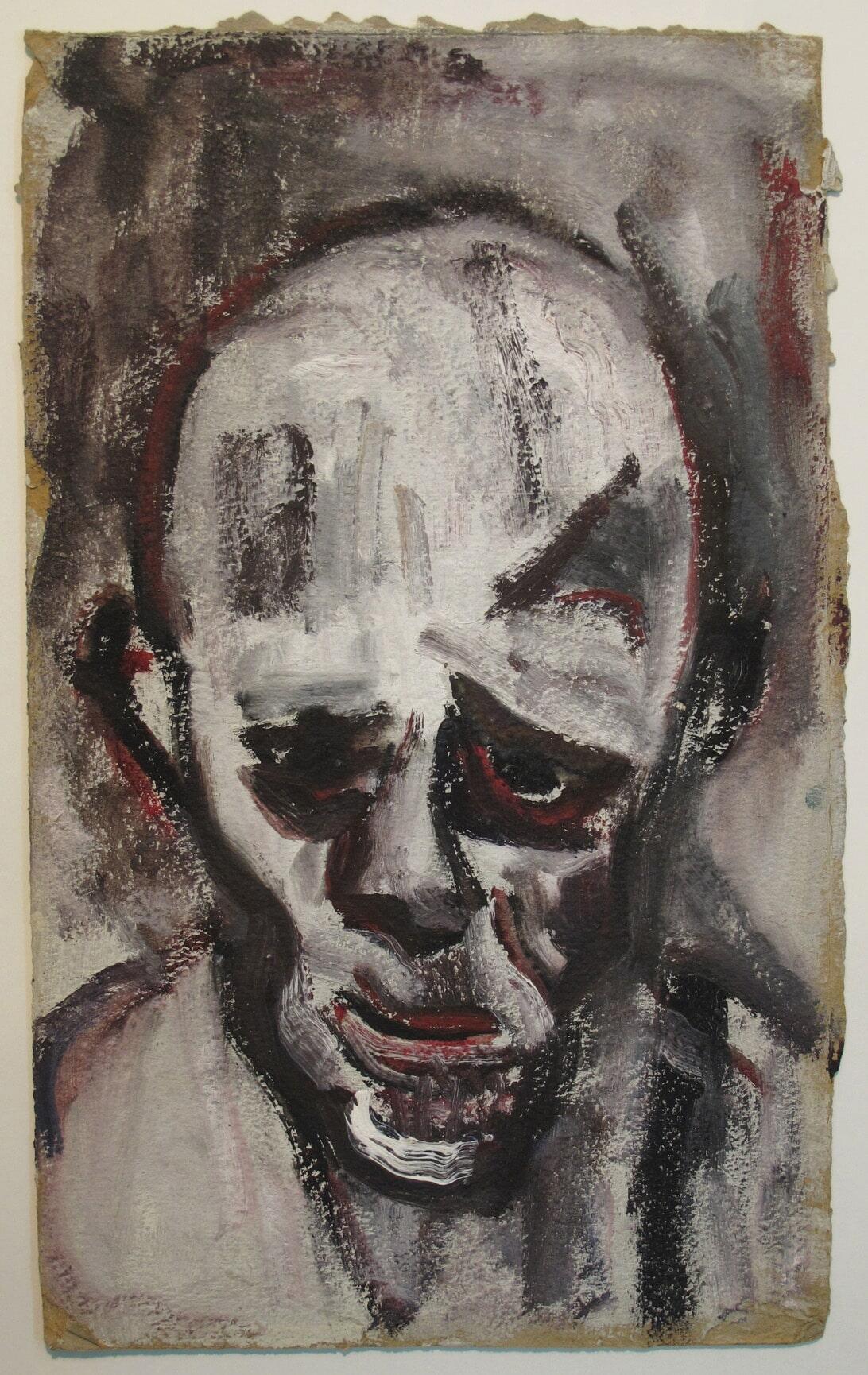
Engage with this Source
Creator Bio
Lea Lilienblum
20th Century
Lea Lilienblum was a Polish-born artist best known for her haunting portrait of the Yiddish poet Yitshak Katzenelson, who was murdered at Auschwitz in 1944. Lilienblum and Katzenelson were both prisoners in the Warsaw ghetto; Lilienblum drew his image on the back of a shoebox. Lilienblum survived the ghetto and immigrated to Israel after the war, where she settled on Kibbutz Loḥamei HaGeta’ot.
Related Guide
Visual and Material Culture in the Mid-Twentieth Century
1939–1973
Jewish visual art flourished and diversified in the postwar period, reflecting the social and political transformations taking place in the world.
You may also like

Cover for Peretz Markish’s Book of Poetry, Far folk un heymland (For People and Homeland)
The cover of Far folk un heymland features a red flag and Yiddish writing in which the letter qof has been stylized to resemble a hammer and sickle. The book was published when World War II was still…
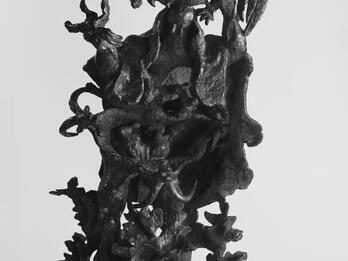
The Prayer
Jacques Lipchitz created The Prayer in 1943 to express his horror over the mass murder of Jews, which was then underway in Europe, reportedly crying as he made the statue. The central figure in The…
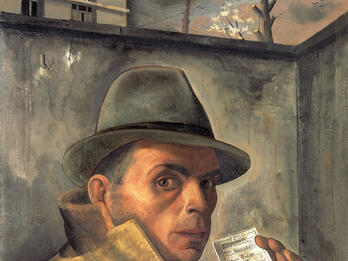
Self-Portrait with Jewish Identity Card
Felix Nussbaum painted this self-portrait while he and his wife were in hiding in Brussels, Belgium, about a year before they were arrested and deported to Auschwitz. Every element of the picture…
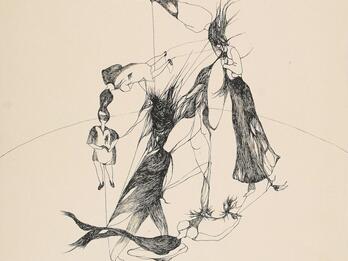
Tu tournes lentement
The pen-on-paper Tu tournes lentement, an example of surrealist automatic painting, depicts women and fragmented humanoid shapes in dance-like movement. It was drawn by Paul Păun during World War II…
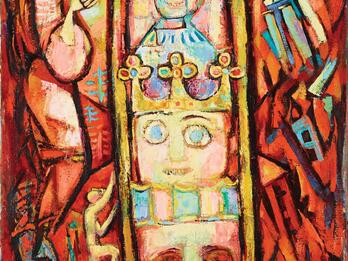
Design for the Memory
Abraham Rattner painted Design for the Memory in 1943 when the murder of Jews by the Nazis was underway in Europe. He chose Christian iconography, namely, the crucifixion of Jesus, to express his…
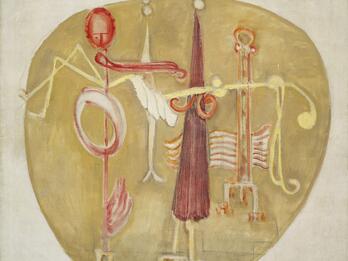
Untitled
Before he became known as a color field painter, Mark Rothko worked in other styles. During the 1940s, under the influence of surrealist artists who had fled Europe for the United States, he began to…

